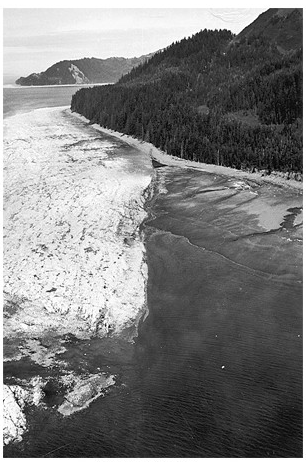What did geologists discover from studying the aftermath of the 1964 Alaskan earthquake?

A) Some parts of the coastline were uplifted and others subsided.
B) Changes in elevation were not systematic, occurring randomly over the area.
C) There was no good explanation for large waves that resulted from the earthquake.
D) Fissuring of the ground and ice was limited to an area very near the epicenter.
A) Some parts of the coastline were uplifted and others subsided.
You might also like to view...
Increasing atmospheric carbon dioxide causes Earth's climate to warm by strengthening ____
A) primary productivity B) the greenhouse effect C) ocean currents D) incoming sunlight
The evolutionary trend in mammal size during the Pleistocene could have been in response to ____
A)global warming when there was more food available B)cooler temperatures because large animals retain heat more efficiently C)protection from predation of other organisms D)increased predatory ability E)decreased metabolic requirements
During a hurricane in the Northern Hemisphere, surface winds increase in speed as they blow ____ and ____ the center
A) clockwise; inward toward B) clockwise; outward from C) counterclockwise; inward toward D) counterclockwise; outward from
A subduction zone provides an environment that affects the types of volcanoes that develop there because ____
a. ?the subducting slab is subjected to high pressure b. ?the continental slab is composed of denser material than the subducting slab c. ?the magma will reach the surface more quickly d. ?the subducting crust is high in silicates e. ?there is a high water content in the rock of the subducting slab